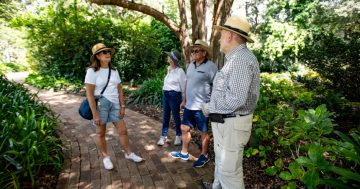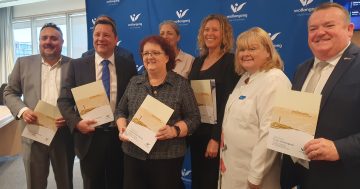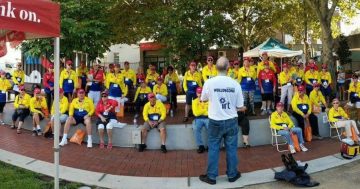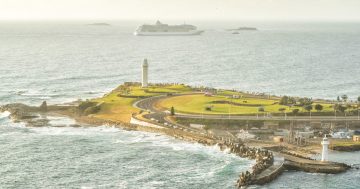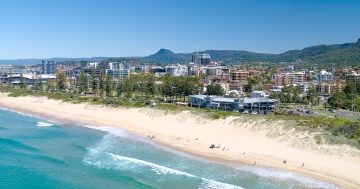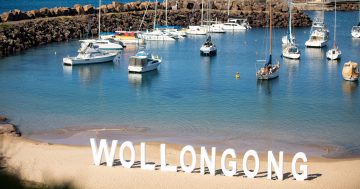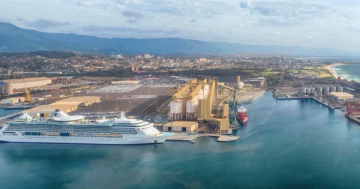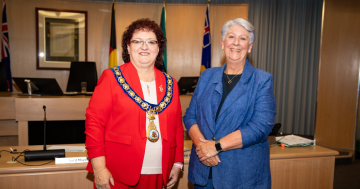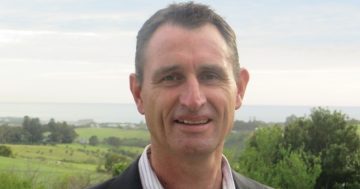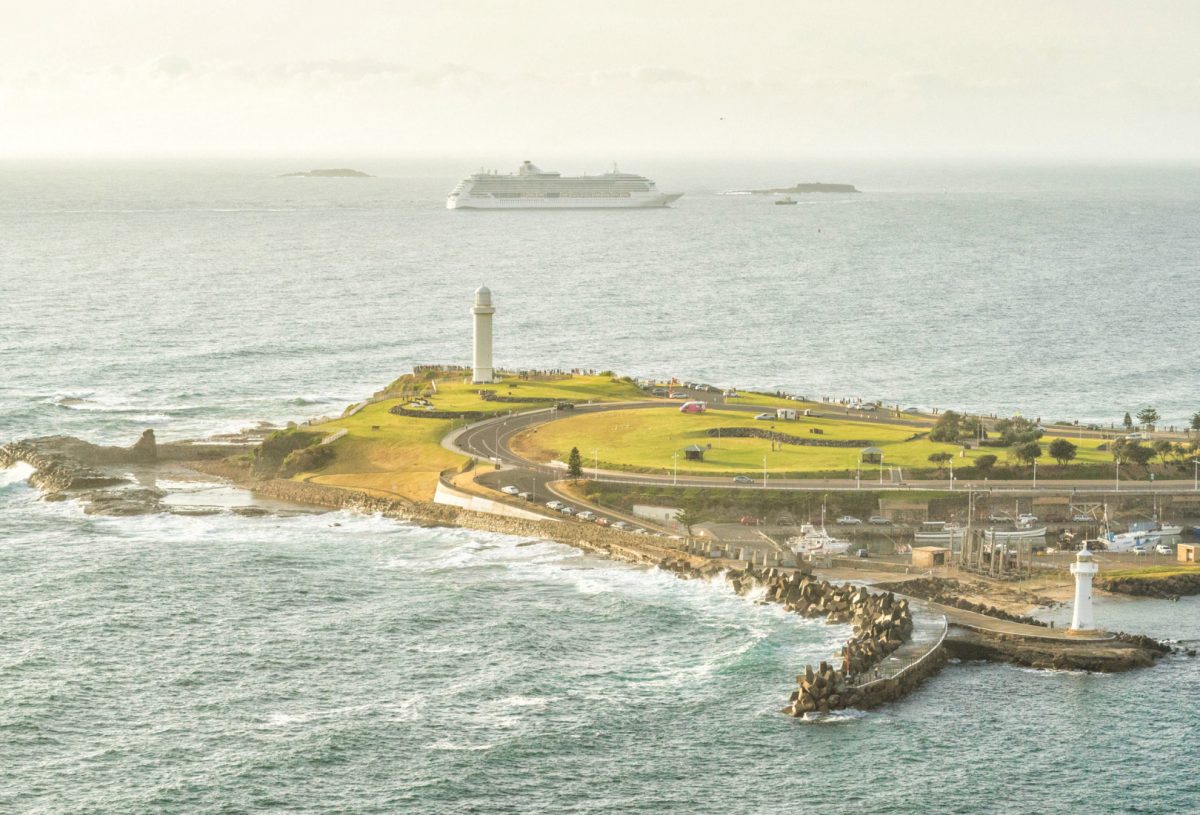
Would bringing cruise ships like this to our shores, with a terminal at Port Kembla, be the boost Wollongong’s tourism industry needs?
With just 1924 hotel rooms for tourists in the area, should Wollongong City Council rezone parts of the city to allow more tourist accommodation – or even invest themselves?
Or is it up to local businesses to make up the shortfall?
On Monday 12 August the council voted to put its draft tourism strategy on exhibition, so the public can have their say on what should be done to boost the industry locally.
Councillor Tania Brown said factors outside the council’s control, such as the cost of land, often killed proposed accommodation developments before they got off the ground.
Over the past few years, council has approved development applications for eight additional hotels, however only one has commenced construction.
Development consent has lapsed on one site and four sites have had subsequent development approvals for other uses.
Cr Brown said establishing a cruise ship terminal at Port Kembla would be a potential game-changer for the tourism industry as the cruise business returned to pre-pandemic levels.
Councillor Cameron Walters agreed a cruise terminal should be on the radar, but said other transport options into the city must improve if tourism is to take off.
Councillor Mithra Cox said the council’s efforts would be better spent making Wollongong an enjoyable place to live.
“It’s interesting we’re having this conversation when many cities are grappling with over-tourism – it may be a case of be careful what you wish for,” she said.
“The same things that make a city a good place to live are the things that make people want to visit.
“Good food, live music, wide, walkable footpaths with nice streetscapes. Tourists like to come to beautiful places.”
Councillor Dom Figliomini agreed, and said the city wasn’t able to capitalise on the potential tourism benefits of the UCI Cycling Championships because a lack of accommodation meant many visitors ended up staying in Sydney instead.
“People don’t come for accommodation, they come for a reason and then want accommodation,” he said.
“I would not support the council buying and providing land for accommodation, we need to attract people here, that’s our role.”
Councillor Ann Martin said although Wollongong had grown up a lot over the years, it still had a long way to go when it came to tourism.
“When I first spoke to a former director of tourism they told me all Wollongong had to offer was sun, surf and sex,” she said.
“Now we’re developing a significant mountain biking culture as well as our beautiful beaches and rock pools, and that authenticity is what visitors want.
“It’s up to the tourism businesses to seize these opportunities, put their money where their mouth is and invest in tourism product.”
The council also ruled out the possibility of putting restrictions on short-term rental accommodation providers.
There are 854 premises registered providing Airbnb-like accommodation across 55 suburbs. About half of those offer hosted accommodation, and the other half unhosted.
The draft strategy says these represent less than one per cent of the housing stock in the region and encouraging owners to rent them out on a long-term basis would not be able to make a significant difference to the housing crisis.
The motion to put the draft Tourism Accommodation Review Strategy on exhibition for a minimum period of six weeks was carried unanimously.
Community members and representatives of the tourism industry are encouraged to find the draft strategy on the Wollongong City Council website when it is published and share their input.








